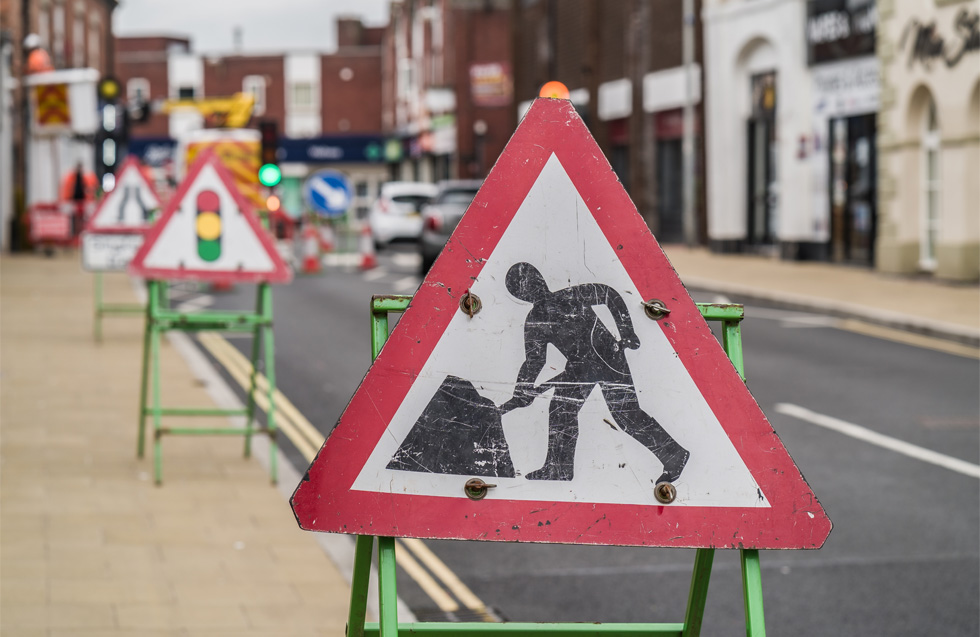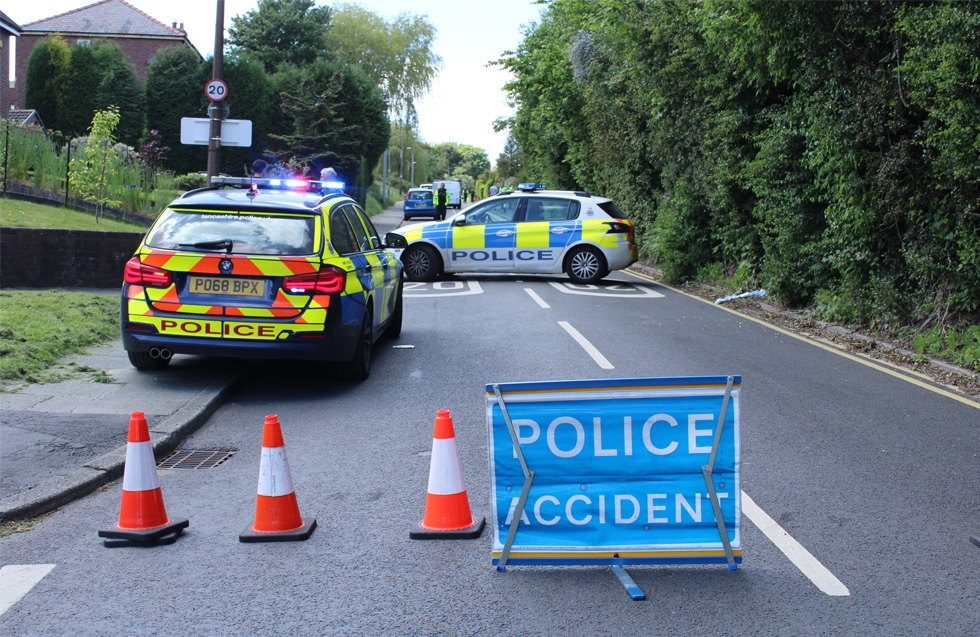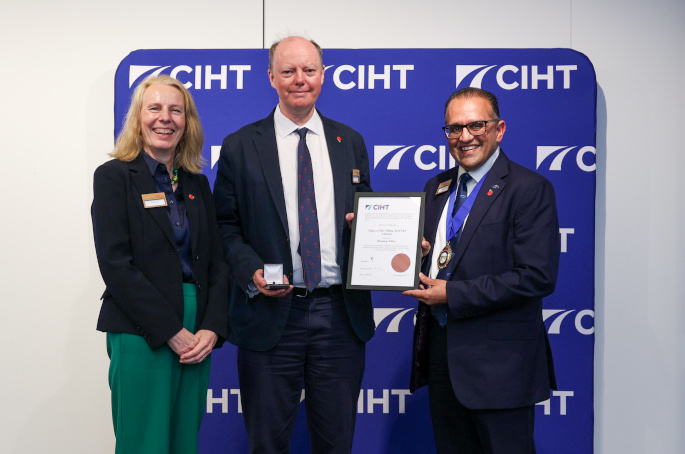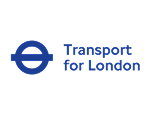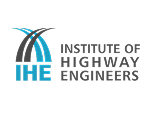Six strategic studies will inform the development of the government’s second Road Investment Strategy (RIS 2). The studies address some of the biggest challenges facing the road network, including the:
Reports will be completed at the end of 2016 and will inform the development of the RIS 2.Highways England will also revisit and refresh the 18 route strategies that identify the pressures on and needs of the entire ‘strategic road network’. This will provide a major opportunity for all stakeholders, including the public, to have their say.The first Road investment strategy (RIS 1) covered £15 billion investment in England’s motorways and major roads (the ‘strategic road network’) during the 2015 to 2020 road period. This was the initial step in a long-term programme to improve England’s motorways and major roads. The process is repeatable and work is now underway to develop the second RIS — known as RIS 2 — covering the second road period post 2020.A study setting out the case to improve connections between
Oxford, Milton Keynes and Cambridge has been published by the Department for Transport (DfT) today (18 August 2016).The report has found that a new link will improve journey times, up to 30 minutes along the length of the route, and support economic growth in the towns and cities on the Expressway.

The new road would benefit commuters and businesses in Cambridge, Oxford and Milton Keynes – some of the fastest growing areas in the UK - and have a wider positive impact on Britain’s economy.Elsewhere, the DfT has also published a study that sets out the case to upgrade key parts of the
A1 in Hertfordshire, Bedfordshire and Cambridgeshire.The report shows the need for improvements to be made to parts of the 62-mile section between London and Peterborough.The study also showed improving the road could cut congestion and help reduce the environmental impact of the existing layout, especially for those who live metres away from the A1.



